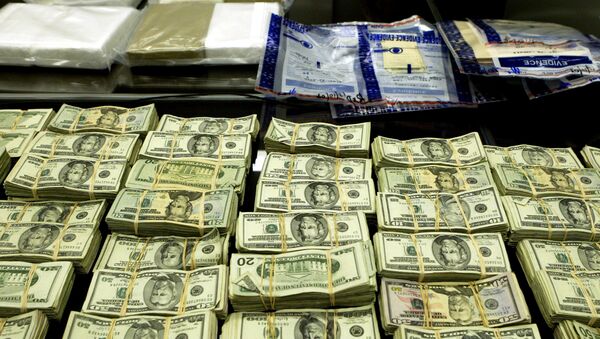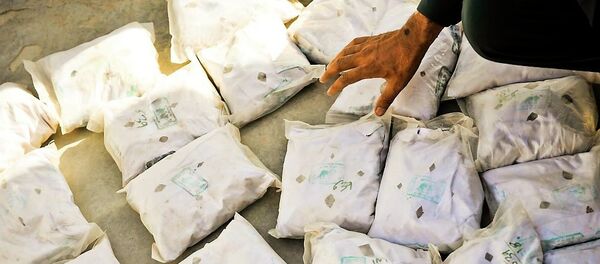The battle formally declared by President Richard Nixon in June1971 reached that peak in 2010. Every year, it costs the country $51 billion, according to the Drug Policy Alliance, a non-profit focused on drug-regulation reform.
While the aim of such policies is to keep drug kingpins and violent criminals off American streets, critics of traditional drug policies in the U.S. say the current system is mostly putting non-violent users and “low-level growers” behind bars.
“Still, we should take comfort in the fact that these are mostly violent criminals and hardened drug kingpins, right? Not so,” claims US News & World Report’s Alejandro Crawford. “About half the inmates in the federal prison system are there for nonviolent drug crime – up from 16 percent in 1970 – and the leading drug involved is marijuana.”
Critics also link drug-policies to the strain on the prison system of the U.S., which now is home to the world’s largest prison population.
The solution? Some say legalize pot. Four states and Washington D.C. already have done it.
Meanwhile, 23 states allow limited use of medical marijuana.
Proponents of such measures argue this move would reduce the power and cash flow of drug cartels, which seem to be at an all-time high.



